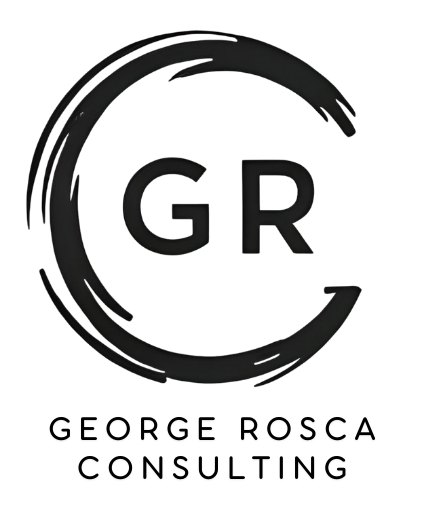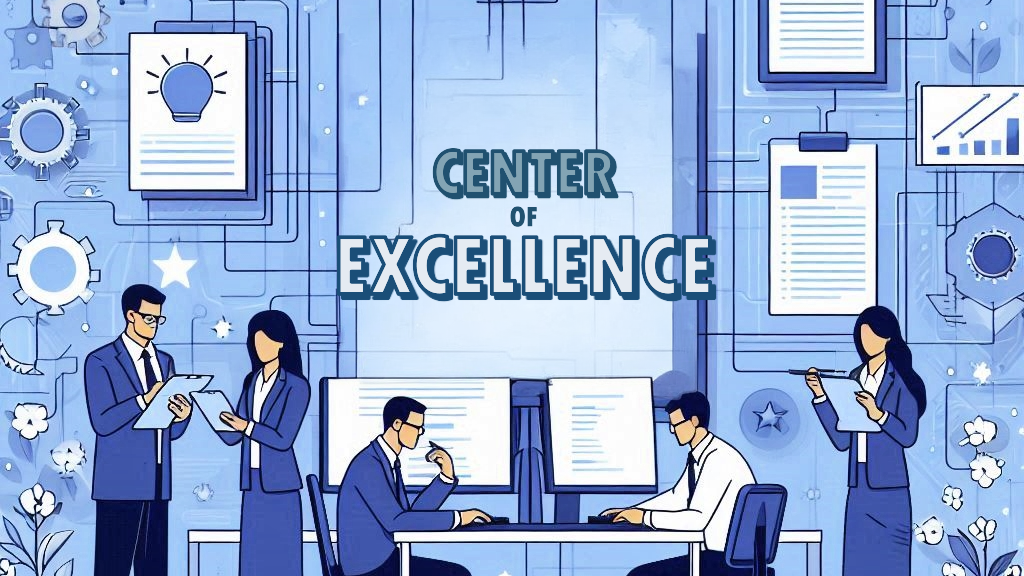AI is everywhere, so in this article, let’s take a break from it for a few minutes and discuss how a Center of Excellence (COE) can support the transformation of the Supply Chain with new technologies. In the first part, I will discuss the overall process, while in the second part, I will share some observations related to implementing new technologies.
COE supporting implementation of new technologies – overall process
The main role of a COE is to leverage its expertise and insights from previous pillars to understand where new technologies are needed and can bring value. Based on this understanding, the COE will conduct market research to explore the best solution fit in terms of capabilities, costs, and flexibility. Depending on the company structure, the COE might not lead the market research, but it should be one of the main decision-makers to avoid business and operational misalignment. There will be numerous demos, presentations, and sales pitches to go through, and the COE can assist in decision-making by understanding the process, pain points, existing technologies, and requirements.
Once a potential solution is identified, COE should ensure that the solution is capable of delivering the potential value. This is where a targeted pilot for a valuable quick win is ideal. In a relatively short period, the solution can be tested and, more importantly, showcased to the sponsors to demonstrate the concrete value of implementing the new technology. Only after completing the pilot (or several) should there be a decision on implementing the solution. It is critical to identify and iron out as many hurdles as possible during the pilot so that COE can provide an informed proposal to management for implementation approval. From my experience, solution companies are eager to showcase their products and collaborate on fixing any issues that might appear during the pilot, so ensure the dialogue is always a WIN-WIN proposal for all parties involved.
In most cases, following this process will reduce the risks of implementing a poorly fit new technology and ensure alignment between business needs and solution capabilities.
Trends and observations
One of the trends I notice is to go after the newest, shining technology in the market without taking the time to understand if that solution is mature enough, stable, or even matching the business pain points. Depending on the business size and complexity, a less advanced or “older” solution might be the perfect match and fulfill all the requirements. Of course, I always recommend considering the company’s growth plans to ensure that any technology implemented will continue to be relevant without the need for replacement, at least until the next planned growth stage. You don’t need a complete ERP solution if your operation is just delivering 50 products per week
Another trend prevalent in large global companies is that different business units might not share enough information, or a consolidated platform to exchange ideas and projects is missing (think of a global PMO structure, for example). In these companies, technologies are often bought and never used to their full potential, lying dormant or being dropped after a short period (especially if the person who introduced the solution left the company)
In both trends (and many others), this is where COE can play a crucial role. First, by exploring the existing technologies in the company (identified usually during the first two pillars), and then by ensuring the requirements match the solution capabilities so that the new technology brings the expected value
Final notes
I hope that during this series, I have managed to show you why having a Center of Excellence is the best chance for improving overall knowledge within the company, driving continuous improvement, mapping and innovating the process, while ensuring the best new technologies are implemented to support the company’s success.
A final reminder to leave you with is: The most important criteria for a successful COE are ensuring that there is a clear mandate, roles and responsibilities are aligned throughout the organization, and there is continuous leadership support driving the initiatives covering the four key pillars: Knowledge Hub, Continuous Improvement, Process Innovation, and New Technologies.


Leave a Reply